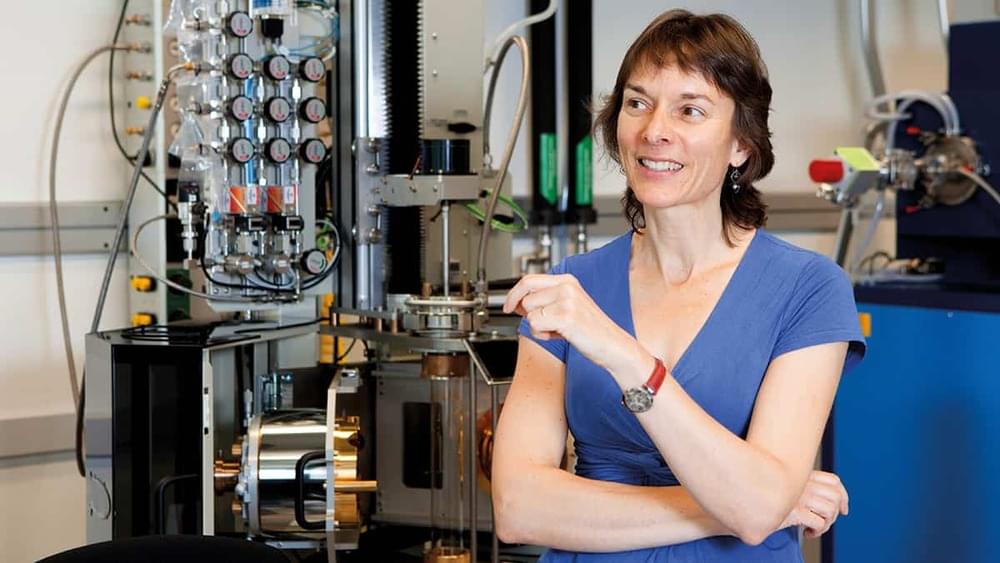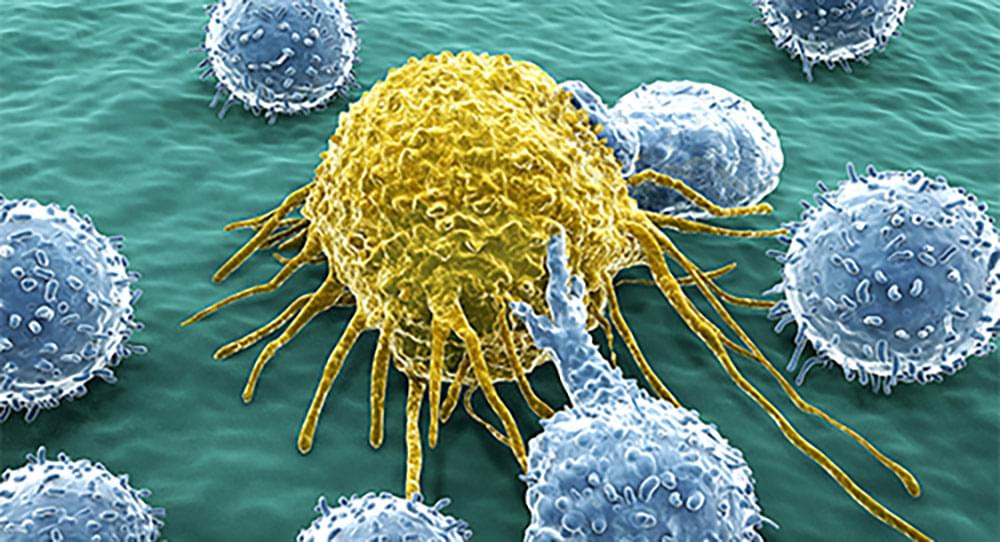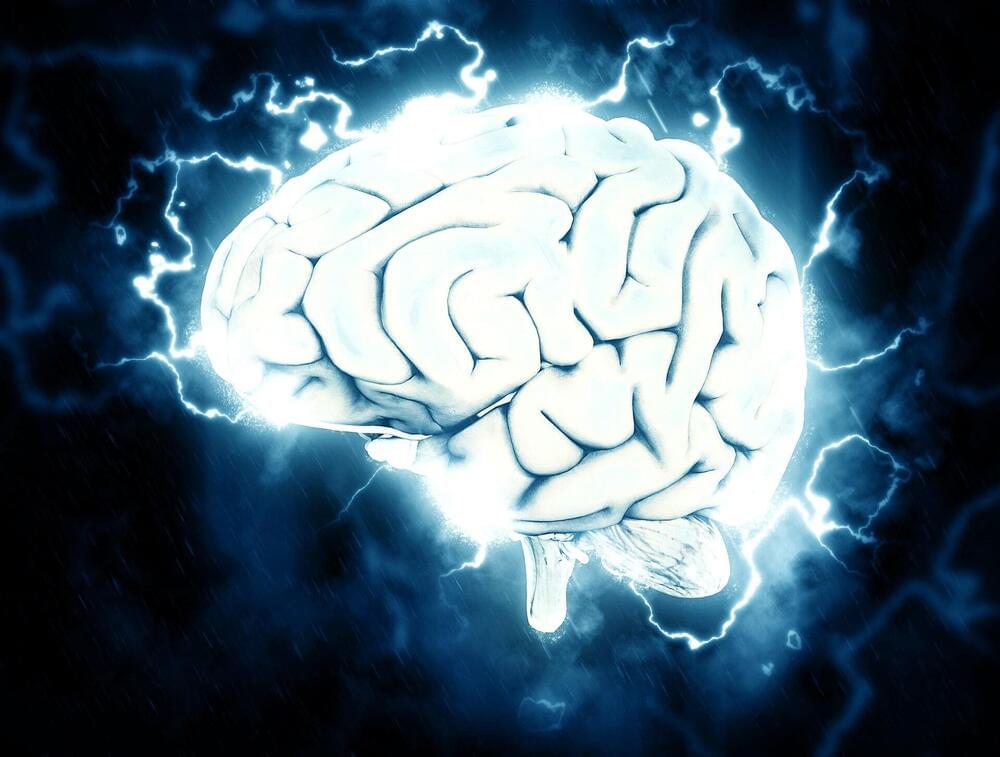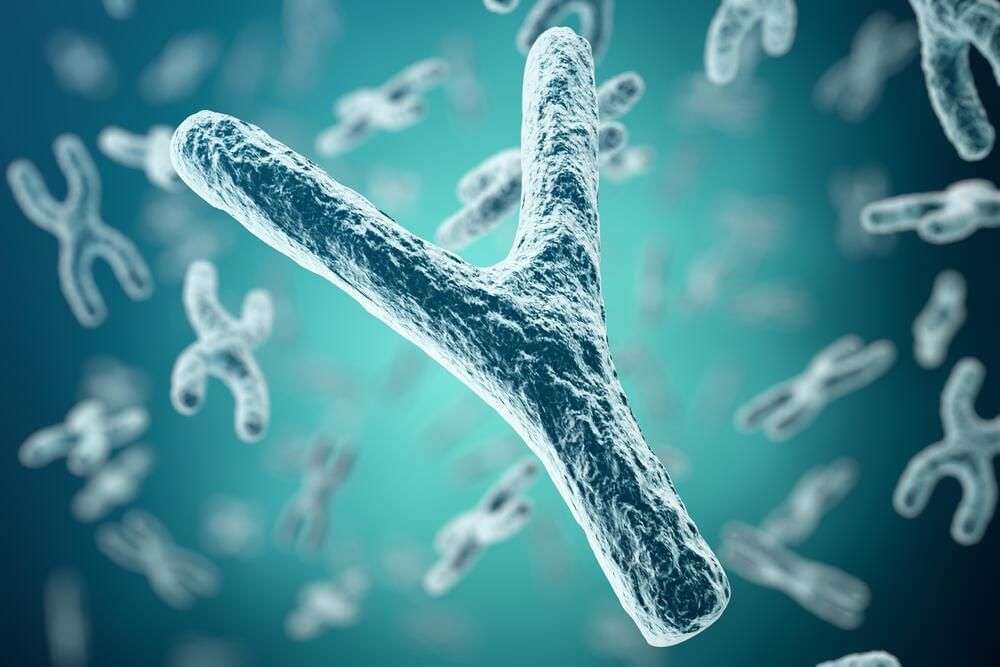In the largest observational study to date on “SuperAgers” — people in their 80s who have brains as sharp as those 30 years younger — researchers in Spain found key differences in lifestyle that may contribute to these older adults’ razor-sharp minds.
SuperAgers in the study had more gray matter in parts of the brain related to movement, and they scored higher on agility, balance and mobility tests than typical older adults — even though the physical activity levels of the two groups were the same.
“Though superagers report similar activity levels to typical older people, it’s possible they do more physically demanding activities like gardening or stair climbing,” said senior author Bryan Strange, director of the Laboratory for Clinical Neuroscience at the Technical University of Madrid, in a statement.









